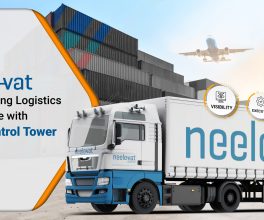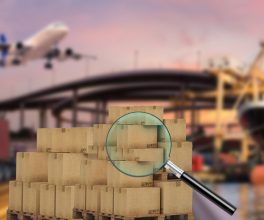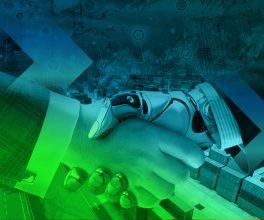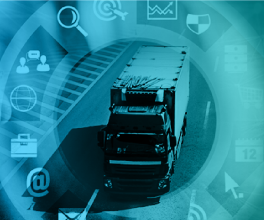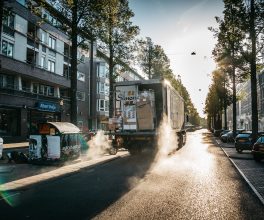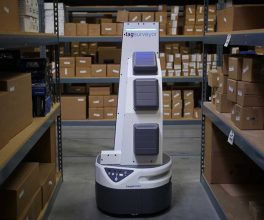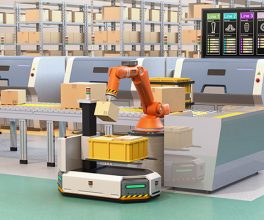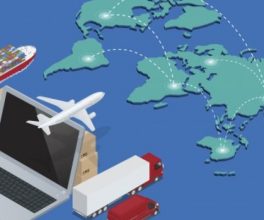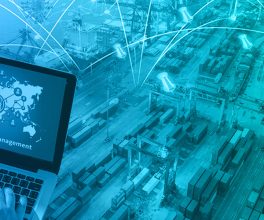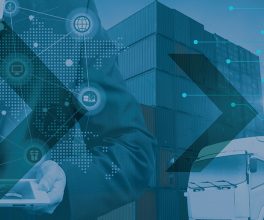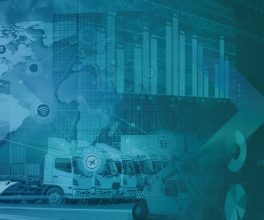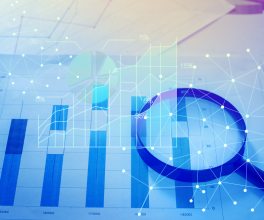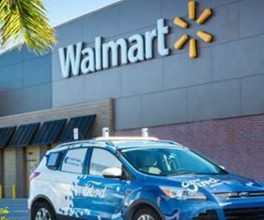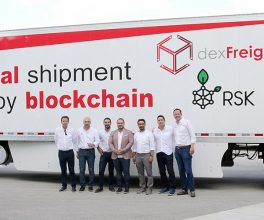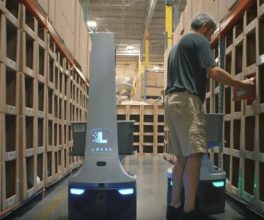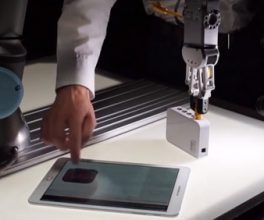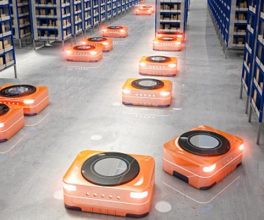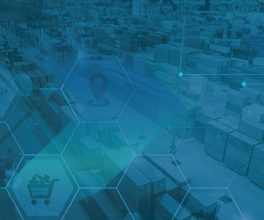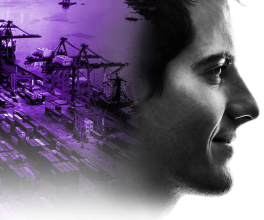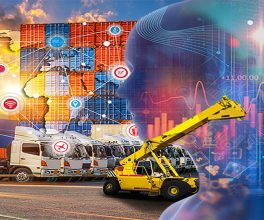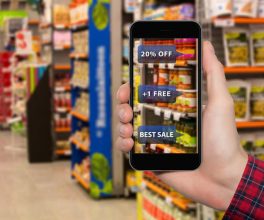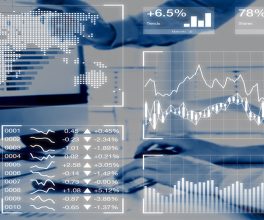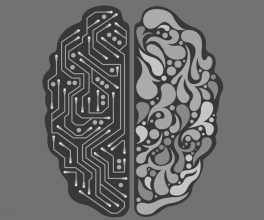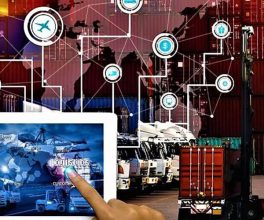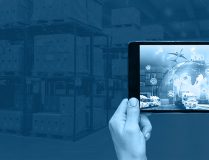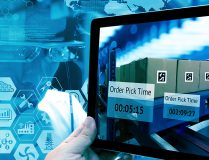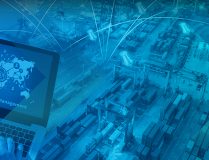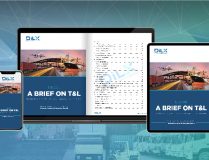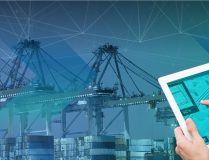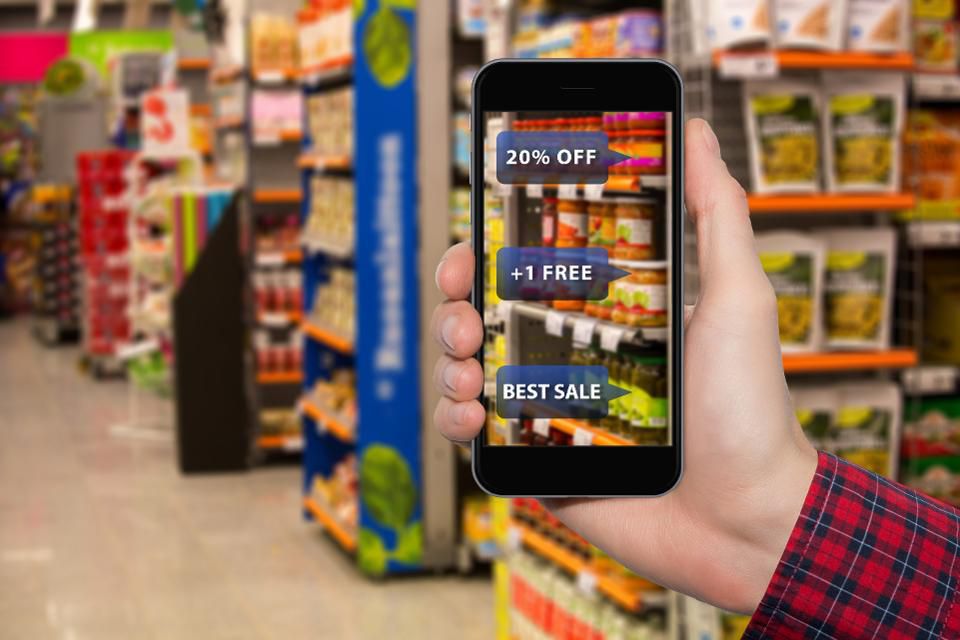The process of getting products from the factory to your home, office, or facility is more complex than many people realize. Making that process as cost effective, fast, and error free as possible is the goal of any business. As it turns out, augmented reality (AR) and virtual reality (VR) – technology that many of us associate with video games – may just be the key to revolutionizing the supply chain.
AR improves the order picking process
DHL employees are using AR to make the order picking process faster and less prone to error. By using smart glasses, employees can see exactly where items should fit on carts while they are picking orders. In addition to this, these smart lenses keep the picking lists in view of the order picker at all times, and shows them the most efficient route through the warehouse. This is a vast improvement over the commonly used process where order pickers use a piece of paper or hand scanner to hand select products and place them on carts.
Not only does using AR reduce errors and increase order picking speed, it also reduces the need for intensive on the job training. That’s extremely important in this particular niche as temporary and entry level employees commonly hold these positions, especially during peak times such as the winter holiday season.
VR and AR for predictive modeling
Amazon, large retailers, and other distributors often have manufacturing facilities, distribution centers, and warehouses spread across the country. Many even have these facilities overseas. At any given time, managers may not be on site. In spite of this, they still need to be on top of things.
By using any number of virtual reality or augmented reality tools, these managers can get a real time look at any site at any time to ensure that processes are running as planned. This is particularly important when natural disasters and other issues have caused supply chain management disruptions, and key personnel aren’t able to be on site.
VR can make the delivery process safer and more efficient
Delivery drivers are tasked with ensuring that products make it to stores, offices, homes, and distribution centers in a timely manner without damage done to products. Current processes include using navigation systems and manually checking cargo. With temperature controlled loads, things are even more complex. These solutions are often time consuming and distracting. The latter increases the chance for accidents. VR can be used to significantly improve this part of the supply chain process.
For example, VR can be used to superimpose important information directly onto the windshield. Without glancing at a handheld device, drivers can see alternate routes, blocked roads and traffic snags. Even information about the load itself can be seen without the need to stop, climb into the back of the truck, and see what’s going on. For example, a driver carrying a temperature controlled load can see if there’s an issue with the thermostat and if the temperature is approaching a predetermined danger zone.
VR even plays a role when drivers arrive at the point of delivery. Packages can be encoded with scannable images for drivers and unloaders. These can provide information such as package weight, contents and handling instructions. This means that before they even place their hands on a particular package the employee will know that a package is exceptionally heavy, fragile, requires a signature and is to be delivered at the south entrance.
Improved secured delivery options
When it is especially important to ensure that packages are delivered to a specific person, the current method is to verify identity and collect a signature. With customer cooperation and approval, VR can make secured delivery and identity verification even easier. A picture of the customer can be scanned into and stored in the company’s databases. Then, upon delivery, VR and facial recognition technology can be used to match the customer’s face with the picture in the database. As a result of this, it becomes easy to ensure that the recipient is the one intended to receive the delivery. This is a much more secure alternative to using picture IDs or signatures, both of which can be easily forged.
AR and VR and customers
In 2012, Ikea released an app that allowed customers to view items in its stores using VR technology. More recently it has updated that app with the release of Ikea place. This allows customers to take any piece of furniture available in Ikea’s catalog, and then using their phones camera, view that furniture in any place in any room that they are in. Other companies are using VR headsets to allow customers to browse aisles in retail stores and warehouses.
There are several steps in the supply chain process that can be improved in some way with AR and VR technology. This is no longer a thing of the future. Companies who wish to remain on pace or ahead of their competitors would be well-advised to consider how and where they can implement these technologies.

